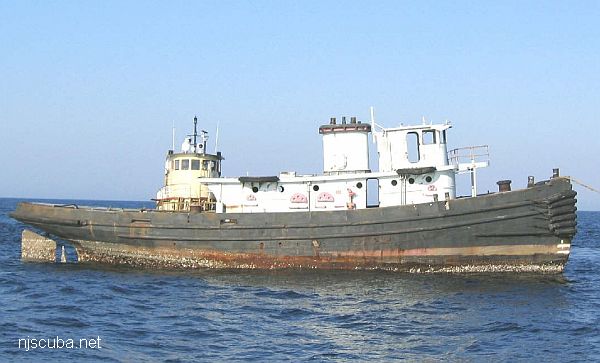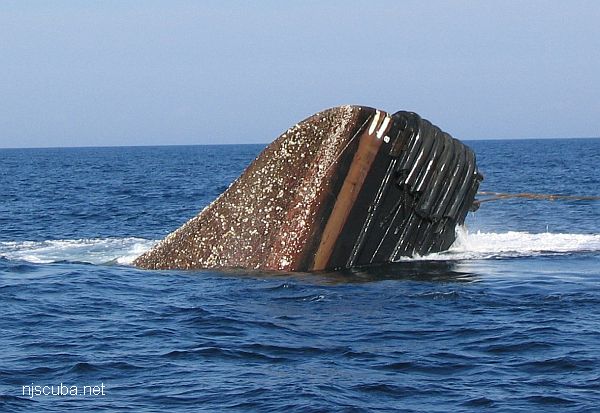Diver's Abyss YTM-?

- Type:
- artificial reef, tugboat, US Navy
- Specs:
- ( 100 ft ) 260 LDT
- Sponsor:
- Abyss Dive Club
- Sunk:
- Thursday Sept 25, 2003 - Deepwater Artificial Reef
- GPS:
- 39°57.984' -74°10.771'
- Depth:


This is a US Navy Sassaba/Hisada class YTM or Yard Tugboat Medium. About 190 of these were constructed during World War II, and about 10% of those are possible candidates for "Diver's Abyss". I can find no details or history on this specific tug, and it has no name or identification number showing. If anyone can fill in the blanks, please help.
Along with the AJ McAllister, the NJ Artificial Reef Program no longer lists this one in their official tally, as it is slightly outside the official boundaries of the reef. This may be a clue that the "Diver's Abyss" was brought up from the south, James River Virginia, where the government had large numbers of old vessels they were getting rid of at the time.

Questions or Inquiries?
Just want to say Hello? Sign the .